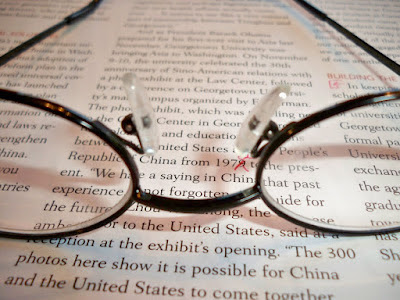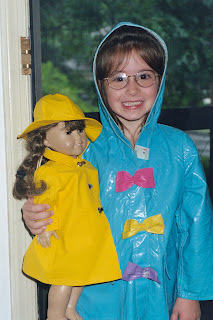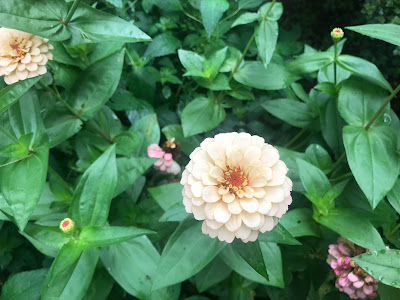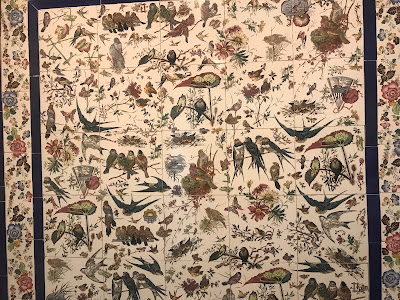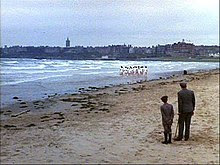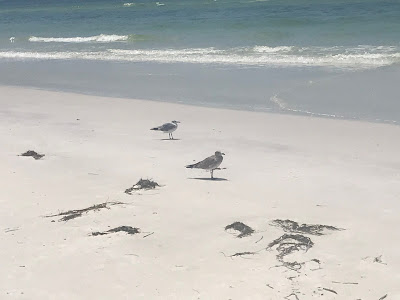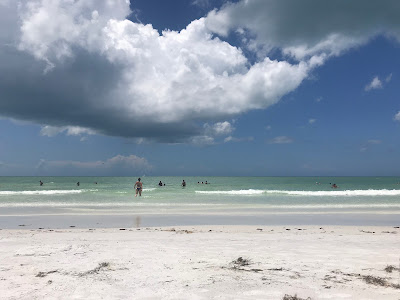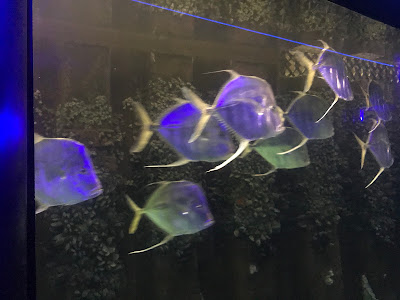Late-Night Request
It was almost 10 last night when the editor’s email arrived. I found it on my last check of the day. Could I read over my essay, which he had recently accepted and edited, and send him fixes as soon as possible?
Receiving a work-related email so late in the evening reminded me of the old days, when I’d get similar requests that didn’t feel as warm and fuzzy as last night’s did. Last night I felt plugged in and stimulated rather than tired and overworked.
And no wonder. This time, the words in question are ones I’ve written for myself, not for others. I write them to share, as I do the words in this blog, but they are not words for hire.
The difference gives me pause, and makes me grateful.
